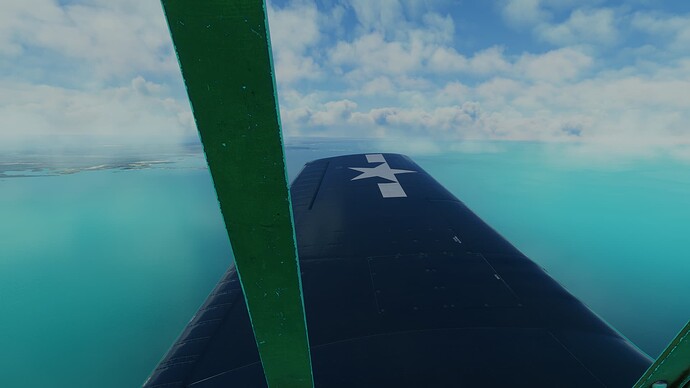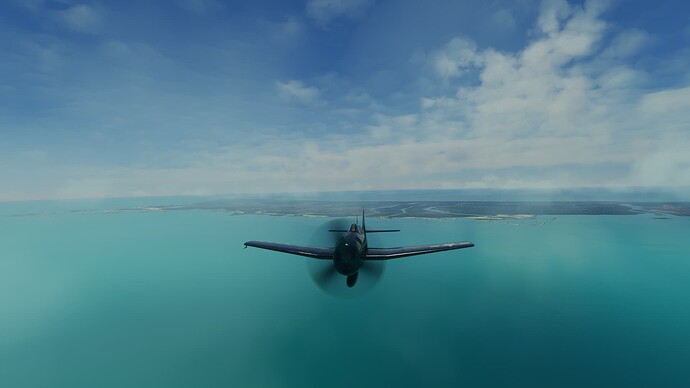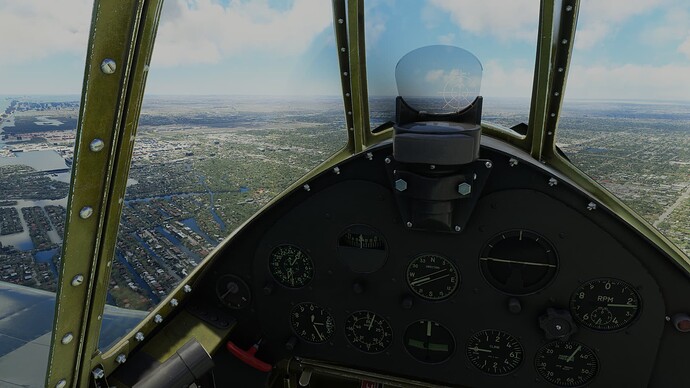I was reading Wikipedia last night, as I often do after I’ve settled into bed.
I have a huge fascination with early oceanic aviation, particularly that of the US Navy during WWII. It is incredible to me how these pilots would head out over the open ocean in a small aircraft with the kinds of navigational equipment they had at the time.
For whatever reason, I wanted to read about Flight 19 – the story of 5 TBM Avengers lost on December 5, 1945 during a routine training mission off the coast of Fort Lauderdale, FL. They never did find the bodies or aircraft.
Their route was to take off from NAS Fort Lauderdale (modern day KFLL Fort Lauderdale–Hollywood International Airport) at a heading of 091 degrees, fly for 56 NM to Chickens Shoals, drop their bombs, continue on 091 degrees for 67 NM, turn left to 365 degrees for 73 NM, finally turning left to 241 degrees for 120 NM back to NAS Fort Lauderdale.
Somehow, they got lost and disappeared without a trace. Worse, a PBM Mariner flying boat sent to look for them exploded off the coast losing more men.
I don’t have a TDM in the sim, so I opted to fly their training route today in a period-correct F6F-5 – alone.
I did my dead reckoning calculations for my Hellcat’s cruise speed, wrote them down and took off.
At the correct waypoint timing, I arrived here at, what I’m guessing is their bomb target (which is narrow and ship-like):
I continued on for the requisite 67 NM, which brought me to a point out over the ocean with absolutely no visual references whatsoever. I turned left on to 346 degrees and plotted on.
As expected, I over flew Grand Bahama island:
At my next waypoint, I turned onto my final heading of 241 degrees and headed back to Fort Lauderdale.
I was completely blown away when I arrived right there with KFLL at 11:00!
No one knows what, exactly, happened on that fateful flight, but it sounds like their flight leader’s compass failed and he became disoriented and lost. Received radio transmissions revealed other members of the flight felt strongly that they just needed to fly west to find Florida, but the flight leader was adamant they were somewhere else.
Flying the F6F-5 was challenging for me. I find the early directional compass that doesn’t have a modern rotating card, confusing to use. I kept finding myself wanting to turn in the opposite direction to make course corrections, which I just couldn’t get my head around. I had to adjust for gyro drift, too, and keeping the aircraft trimmed, so I could relax a bit. I felt like I had a lot to do to just maintain my course and keep the aircraft straight and level, which was stressful and a bit tiring.
For my next try, I’d like to set up a more challenging weather profile and see how I do.



